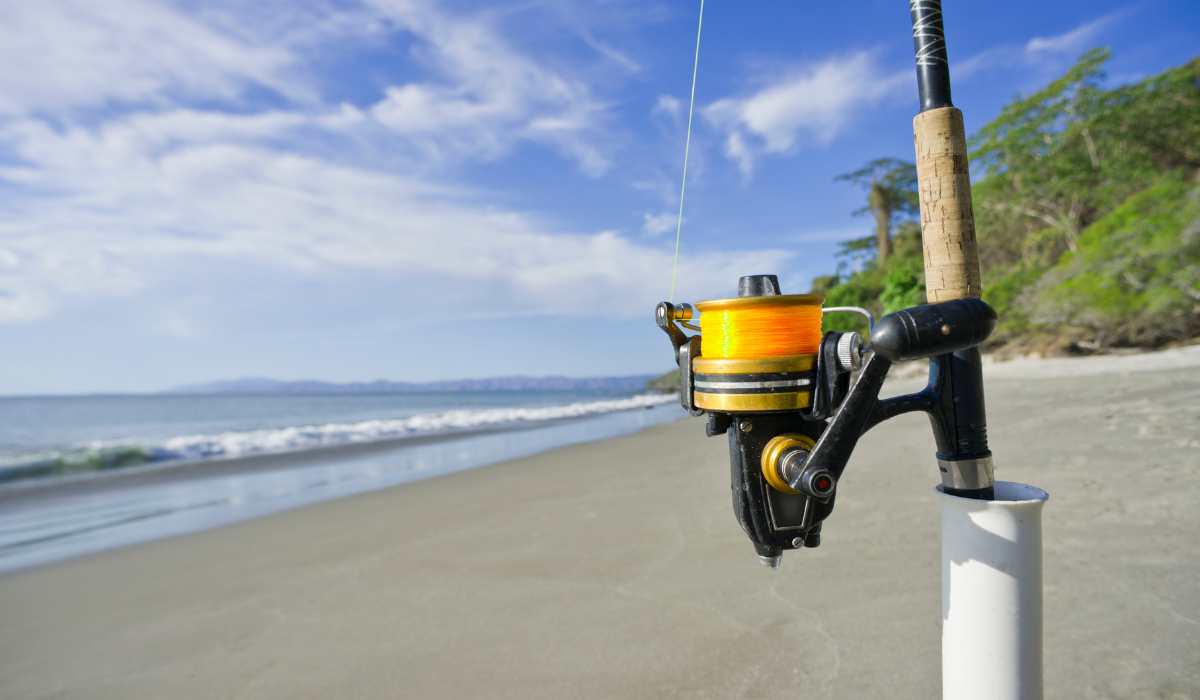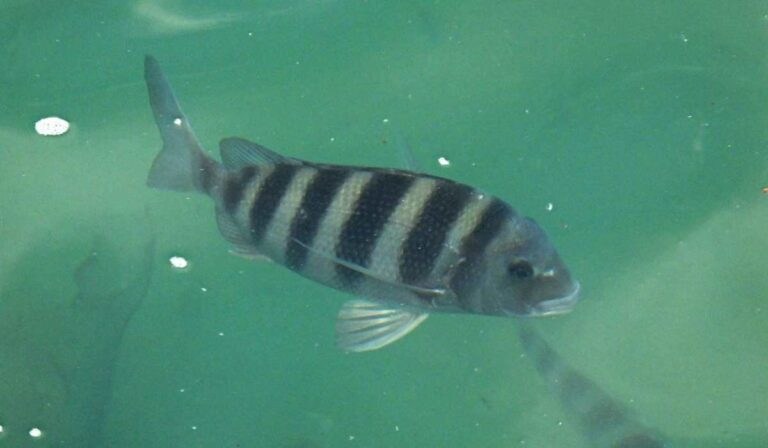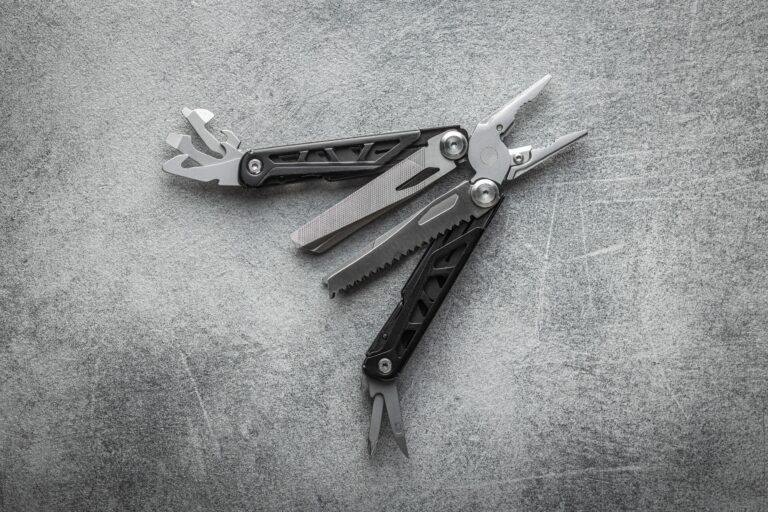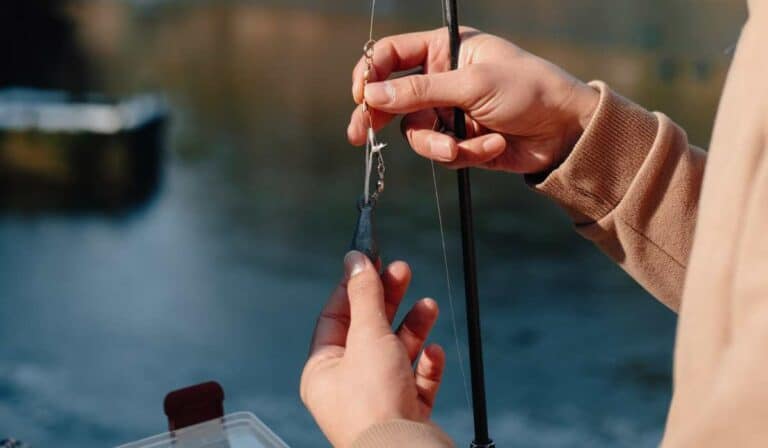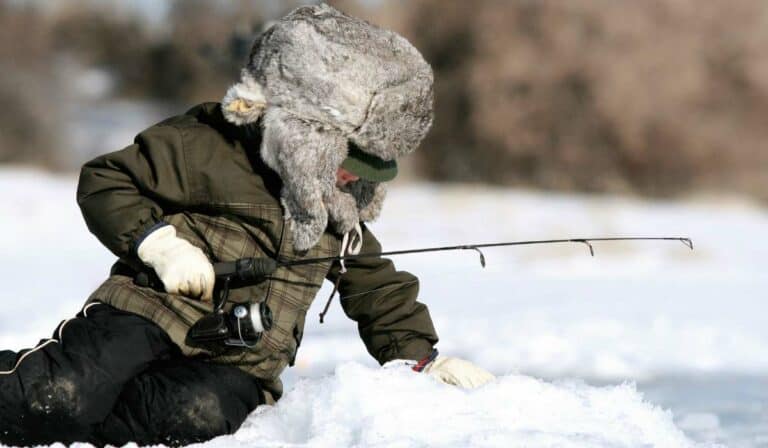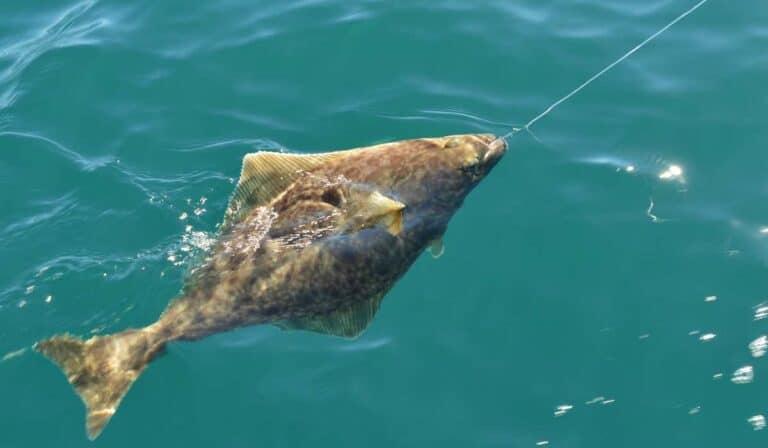The Best Tides for Surf Fishing – Catch More Fish
When it comes to the best tide for surf fishing, timing is everything. In this blog post, we will dive deep into understanding how ocean tides play a crucial role in determining your success while surf fishing. We’ll explore various factors that can influence your chances of catching fish and help you make the most of your next adventure.
Discovering the influence of tidal patterns on your fishing success is key, and this post will help you pick out when to head down to the shore with your gear. Additionally, we will discuss essential tips for preparing your equipment and finding prime locations along the shoreline.
Safety should always be a top priority when venturing out into nature’s playground; therefore, we will cover essential precautions to ensure an enjoyable experience during your surf fishing trips. Lastly, by implementing these strategies and knowledge about the best tide for surf fishing, you’re sure to enhance both your skills and overall enjoyment while exploring our beautiful planet.
Table of Contents
1. Identifying the Best Tides for Surf Fishing
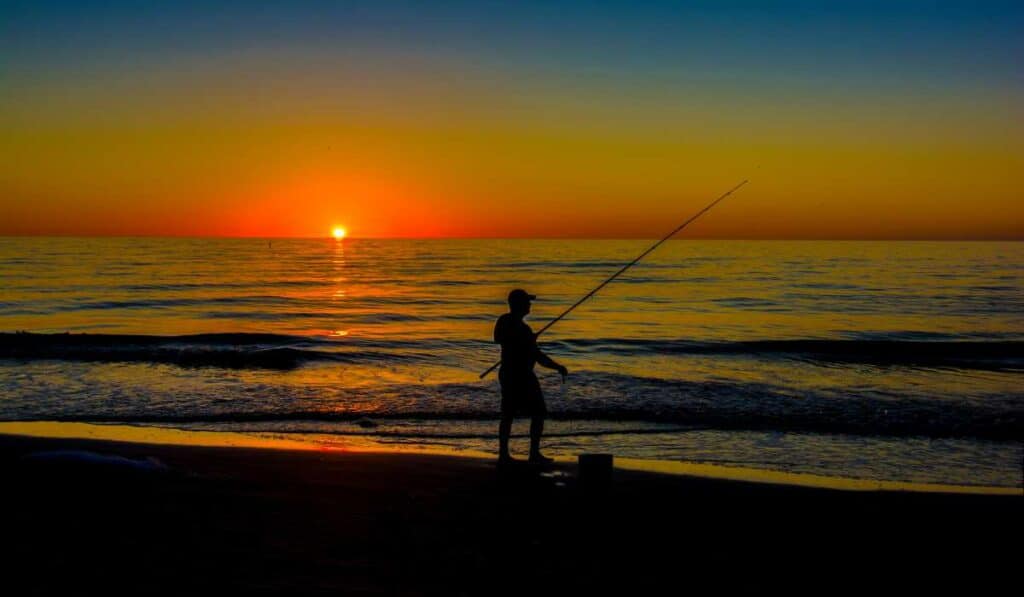
To maximize your chances of a successful surf fishing experience, it is important to understand how tides affect fish behavior. To ensure a successful surf fishing experience, it’s essential to understand the effects of tides and identify optimal times for casting your line.
Tidal Movements and Fish Behavior
Fish are known to be more active during certain tidal movements, making these periods ideal for surf fishing. Generally speaking, the best tide for surf fishing is either an incoming or outgoing tide. During these times, baitfish are often pushed closer to shore by currents, attracting larger predatory fish such as striped bass and red drum.
High Tide vs Low Tide: Which Is Better?
- High Tide: Many anglers believe that high tide offers better opportunities for catching fish because there is more water covering potential feeding grounds near the shoreline. Additionally, higher water levels can make it easier for predators like sharks or rays to lurk nearby.
- Low Tide: On the other hand, low tide exposes sandbars and structures where fish may congregate in search of food sources trapped by receding waters. This makes low tide an excellent time to target species like flounder or pompano that feed on crustaceans hiding among rocks or seaweed beds.
The key takeaway here is that both high and low tides offer unique advantages when it comes to surf fishing. By understanding how tidal movements affect fish behavior, you’ll be well on your way to a successful surf fishing trip.
By understanding the different types of tides and how they affect surf fishing, you can identify the best times to fish for maximum success. With this knowledge in hand, it is time to move on to understanding tidal cycles and what that means for your next fishing adventure.
Click here to read about The Best Wading Staffs for Fly Fishing
2. Understanding Tidal Cycles
When it comes to surf fishing, understanding tidal cycles is crucial for success. The gravitational forces of the moon and sun cause the ebb and flow of ocean levels, which has a considerable influence on fish behavior. These fluctuations in water level have a significant impact on fish behavior, making certain times more favorable for catching them.
Tidal cycles consist of two high tides and two low tides within approximately 24 hours and 50 minutes. The time between each high tide and low tide is about 6 hours and 12 minutes. To make sense of these patterns, you can use tidal charts, which provide information on tide predictions for specific locations.
The Importance of the Tidal Movement
- Flood Tide: As the tide rises from its lowest point (low tide) to its highest point (high tide), this period is known as flood or incoming tide. During this phase, fish often move closer to shore in search of food brought in by rising waters.
- Ebb Tide: Conversely, when the water recedes from high to low tide, it’s called ebb or outgoing tide. Fish may follow retreating waters out towards deeper areas but still remain active nearshore due to currents created during this phase.
- Slack Tide: At both peak high and low tides, there’s a brief period where water movement slows down; this is referred to as slack water or slack-tide window. Fishing during slack periods might be less productive since fish activity tends to decrease with reduced current flow.
In summary, understanding tidal cycles helps anglers determine optimal times for surf fishing. By targeting flood and ebb tides, you can increase your chances of catching fish. It’s important to note that different fish species have their own preferences for water temperature, so it’s worth researching which species are most active during certain tides. Additionally, using a tide chart can help you plan surf fishing trips in advance and make the most of your time on the water.
Understanding tidal cycles is essential for any surf fishing enthusiast, as it can make or break a successful day out on the water. By choosing the right time to fish based on these natural rhythms of oceanic life, anglers can maximize their chances of success and have an enjoyable experience.
3. Choosing the Right Time to Fish
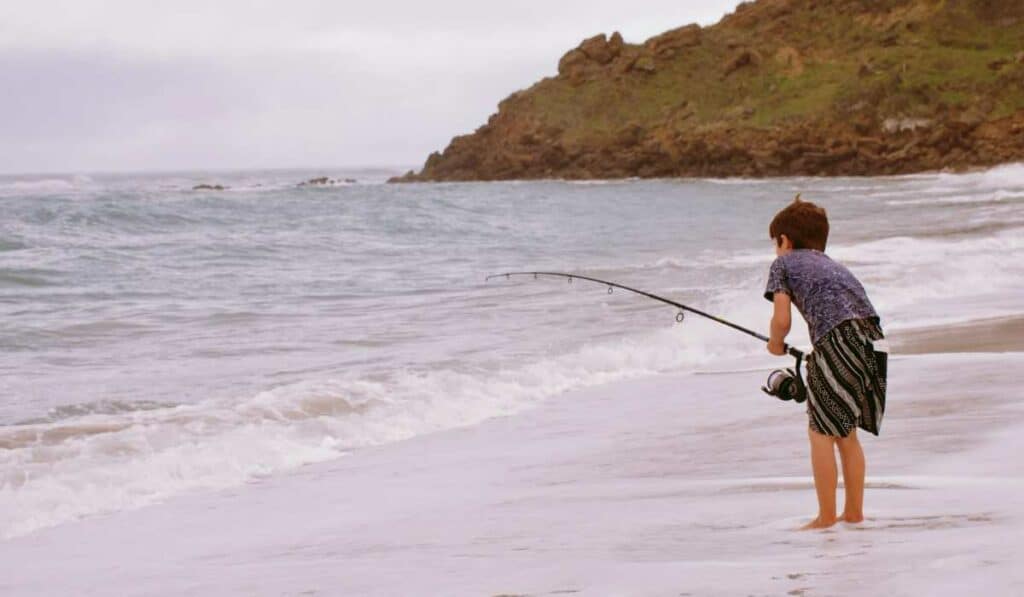
Finding the perfect time for surf fishing can significantly increase your chances of success. Planning your surf fishing trip with an understanding of tide levels and other factors can help boost your chances of success.
High Tide vs Low Tide
Tidal movements play a crucial role in determining fish activity near shorelines. During high tide, more water flows towards the coast, bringing baitfish and larger predators closer to shore. This makes it an ideal time for surf fishing as you’re more likely to catch something worthwhile.
In contrast, low tide often results in fewer fish being present near the shoreline due to reduced water flow and food availability. At low tide, some species may still be active and provide a worthwhile surf fishing experience.
The Magic Hour: Sunrise & Sunset
The “magic hour”, which refers to sunrise or sunset times when natural light conditions are optimal for catching fish close to shorelines, is another important factor when choosing the right time for surf fishing. Many species tend to feed actively during these hours because their prey becomes less cautious with changing light conditions.
Catching Tides: Timing Your Trip Perfectly
- Check local tidal charts before planning your trip – know when high tides occur at your desired location.
- Aim for two hours before and after peak high tide – this window offers excellent opportunities as fish are actively feeding.
- Keep an eye on the weather – overcast days can extend the magic hour, providing more opportunities for surf fishing success.
When planning your surf fishing trips, it’s important to keep in mind the different types of tides that can affect your chances of catching fish. The incoming tide, which occurs when the water is moving toward the shore, is generally the best time for surf fishing. During this time, fish are more likely to be in shallower water, making them easier to catch.
On the other hand, the outgoing tide, which occurs when the water is moving away from the shore, can also be a good time for surf fishing. During this time, fish may be moving towards deeper water, making them more accessible to anglers.
It’s also important to note that the high tide isn’t always the best time for surf fishing. During spring tides, which occur during the full and new moon, the high tide can be very high and the low tide very low, resulting in slack tides with little water movement. During these times, fish may not be as active and catching fish can be more difficult.
Similarly, during neap tides, which occur during the first and third quarter moon, the difference between high and low tides is minimal, resulting in slack water with little movement. During these times, it may be more difficult to catch fish.
When choosing the right time for surf fishing, it’s also important to consider the water temperature and the species of fish you’re targeting. Some fish species are more active in warmer water, while others prefer cooler temperatures. By understanding these factors and planning your trip accordingly, you’ll be able to increase your chances of catching fish and having a successful surf fishing trip.
Choosing the right time to fish is essential for a successful surf fishing trip. With the proper preparation, you can ensure that your gear and tackle are ready for any situation when it comes time to cast out into the waves.
Click here to read about The Best Trout Fishing in Maine
4. Preparing Your Gear for Surf Fishing
Before you head out to catch some fish, it’s essential to have the right gear and know how to prepare it properly. To maximize your chances of success and enhance the pleasure of surf fishing, proper preparation is key.
A. Choosing the Right Rod and Reel
Selecting a suitable surf fishing rod is crucial for casting long distances and handling heavy baits or lures. A 9-12 foot medium-heavy action rod with a fast tip is ideal for most situations. Pair this with a high-quality spinning reel that has enough line capacity (300 yards) and a smooth drag system.
B. Selecting Appropriate Line, Leader, and Terminal Tackle
- Line: Choose between monofilament or braided lines depending on personal preference; both have their pros and cons in terms of abrasion resistance, stretch, and visibility underwater.
- Leader: Use fluorocarbon leaders as they are less visible underwater compared to mono leaders, which can help entice wary fish into biting.
- Hooks & Sinkers: Pick appropriate-sized hooks based on targeted species while using pyramid sinkers that hold well in sandy bottoms commonly found at surf fishing locations.
C. Bait Selection & Rigging Techniques
Familiarize yourself with local baitfish species like mullet or sand fleas (Mole crabs) as these are often preferred by predatory fish such as striped bass or red drum along coastal waters. Learn various rigging techniques like fish finder rigs or high-low rigs to present your bait effectively in different conditions.
D. Packing Essential Accessories
Don’t forget essential accessories like a tackle box, pliers, knife, sunscreen, hat, and polarized sunglasses for a comfortable day of surf fishing.
Once you’ve got the necessary equipment, it’s time to identify optimal places for surf fishing. To ensure success, take into account factors such as wave size and current direction when selecting a spot to cast your line.
5. Finding the Best Locations for Surf Fishing
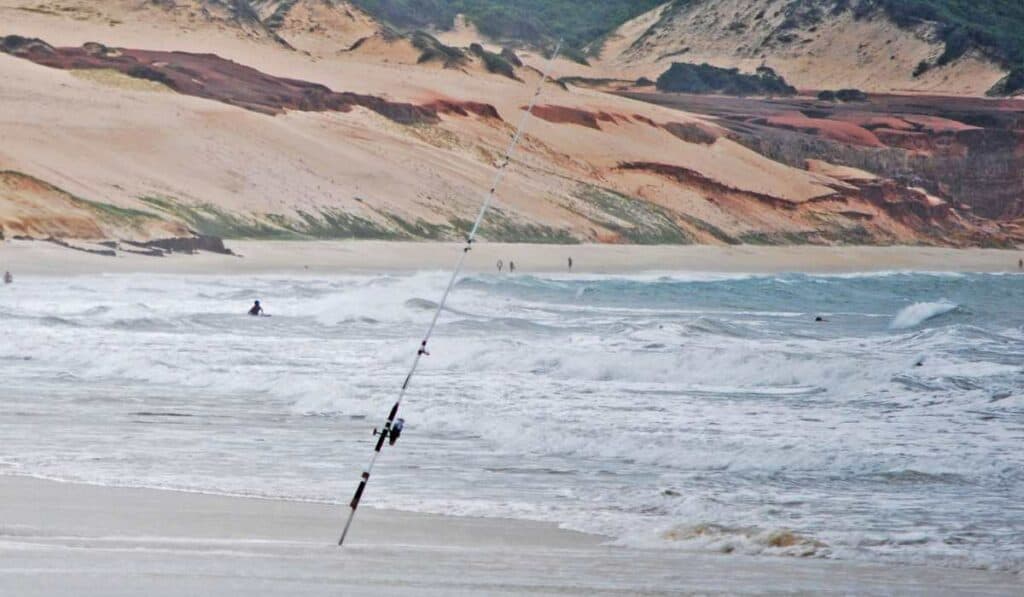
Finding the perfect spot for surf fishing can make all the difference in your success and enjoyment of this outdoor activity. To help you discover some great locations, consider these factors:
- Beach structure: Look for areas with a mix of sandbars, troughs, and rip currents that create ideal conditions for fish to congregate. You can use online resources like Google Earth or consult local fishermen to find such spots.
- Tide pools and jetties: These structures often attract baitfish which in turn draw larger predatory fish closer to shore. Be cautious when fishing near jetties as they may have strong currents and slippery surfaces.
- Inlets and estuaries: Fish tend to gather at these points where freshwater meets saltwater due to an abundance of food sources. Check out websites like NOAA Tides & Currents for information on tidal patterns around inlets.
- Bird activity: Observing birds diving into the water is a good indication that there are schools of baitfish nearby – which means game fish won’t be far behind.
To maximize your chances of finding a prime surf fishing location, research local hotspots through forums or social media groups dedicated to anglers in your area. Moreover, don’t be reluctant to inquire of other anglers regarding their preferred sites – many will gladly pass on their insight to a person who appreciates the same hobby.
When it comes to surf fishing, the tide can play a crucial role in determining your success. Here are some tips on how to use the tide to your advantage:
- Low tide: During low tide, fish tend to move closer to shore in search of food. This is a great time to target species like surfperch and corbina that feed in the shallows.
- High tide: As the tide rises, fish will move into deeper water. This is a good time to target larger species like halibut and striped bass.
- Outgoing tide: When the tide is going out, it creates a current that can carry baitfish and other prey past waiting for game fish. This is a good time to cast your line and wait for a bite.
- Incoming tide: When the tide is coming in, it can create a surge of water that dislodges prey from the ocean floor. This can attract game fish looking for an easy meal.
- High tide isn’t always best: While high tide can be a good time to catch larger fish, it’s not always the case. Some species prefer slack tides or even low tides, so it’s important to do your research on the specific fish species you’re targeting.
- Check tide charts: To plan your surf fishing trips, be sure to check tide charts and tide times. This will help you determine the best times to fish and which locations will have the most productive water movement.
- Consider water temperature: Different fish species have different temperature preferences, so it’s important to take this into account when planning your surf fishing trip. For example, species like corbina and croaker prefer warmer water while halibut and striped bass prefer cooler water.
By understanding the ocean tides and how they affect fish behavior, you can increase your chances of catching fish while surf fishing. Remember to always check tide charts and research the specific fish species you’re targeting to ensure a successful and enjoyable fishing trip.
Surf angling can be a fulfilling and pleasurable activity, yet it’s important to locate the best spots so as to amplify your odds of success. Staying safe while surf fishing is also essential for an enjoyable outing – keep reading our blog post for tips on how to stay safe.
Click here to read about The Best Trout Fishing Rods
6. Staying Safe While Surf Fishing
Safety should always be a top priority when enjoying outdoor activities like surf fishing. By following these essential safety tips, you can ensure a fun and accident-free experience.
A. Check Weather and Tide Conditions
Prior to venturing out, it is advisable to inspect the weather outlook for any potential storms or hazardous conditions. Additionally, familiarize yourself with the local tide charts to avoid getting caught in dangerous currents.
B. Wear Appropriate Gear
- Footwear: Invest in sturdy water shoes or sandals with good grip to prevent slipping on wet rocks and surfaces.
- Clothing: Dress appropriately for the weather by wearing layers that can easily be added or removed as needed.
- Eyewear: Protect your eyes from harmful UV rays by wearing polarized sunglasses during daytime fishing trips.
C. Practice Proper Casting Techniques
To avoid accidents while casting your line, maintain a safe distance from other anglers and beachgoers, and always look behind you before making a cast. If possible, attend a surf fishing clinic or take lessons from an experienced angler to learn proper techniques.
D. Know Your Limits
If you’re new to surf fishing or not confident about swimming in strong currents, it’s best to fish during low tides when waves are calmer and shallower waters are accessible near shorelines.
When it comes to surf fishing, understanding the tides is crucial to catching fish. The best tide for surf fishing depends on a variety of factors, including the species of fish you’re targeting and the time of day you plan to fish. Here are some tips to help you determine the best tide for your next surf fishing trip:
1. Low Tide
During low tide, the water recedes and exposes more of the shoreline, making it easier to access deeper water where fish may be feeding. Low tide is also a good time to look for cuts or channels in the sandbars, which can create natural feeding areas for fish.
2. High Tide
High tide can be a productive time for surf fishing, especially if you’re targeting species like pompano or whiting that tend to feed in the surf zone. During high tide, fish are often pushed closer to shore by the rising water, making them more accessible to anglers.
3. Outgoing Tide
As the tide begins to go out, it creates a current that can stir up baitfish and other prey, attracting larger fish to the area. The outgoing tide can be a good time to fish near inlets or other areas where the current is strong.
4. Incoming Tide
During incoming tide, fish are often pushed towards the shore by the rising water, making them more accessible to anglers. This can be a good time to fish near sandbars or other structures where fish may be feeding.
5. Slack Tides
Slack tides occur when the water is not moving much, either at high tide or low tide. While fishing during slack water can be challenging, it can also be a good time to target species that prefer calmer waters, such as flounder or redfish.
Remember, the best tide for surf fishing can vary depending on a variety of factors, so it’s important to do your research and experiment with different tides and locations to find what works best for you. And always be sure to check the tide times and tide charts before heading out on your next surf fishing trip.
For more information on surf fishing and other outdoor activities, visit our blog at SunWaterDirt.com.
It is critical to be conscious of your environment and take safety steps when fishing in the surf. With the right approach, you can maximize your success while surf fishing.
7. Making the Most of Your Surf Fishing Trip
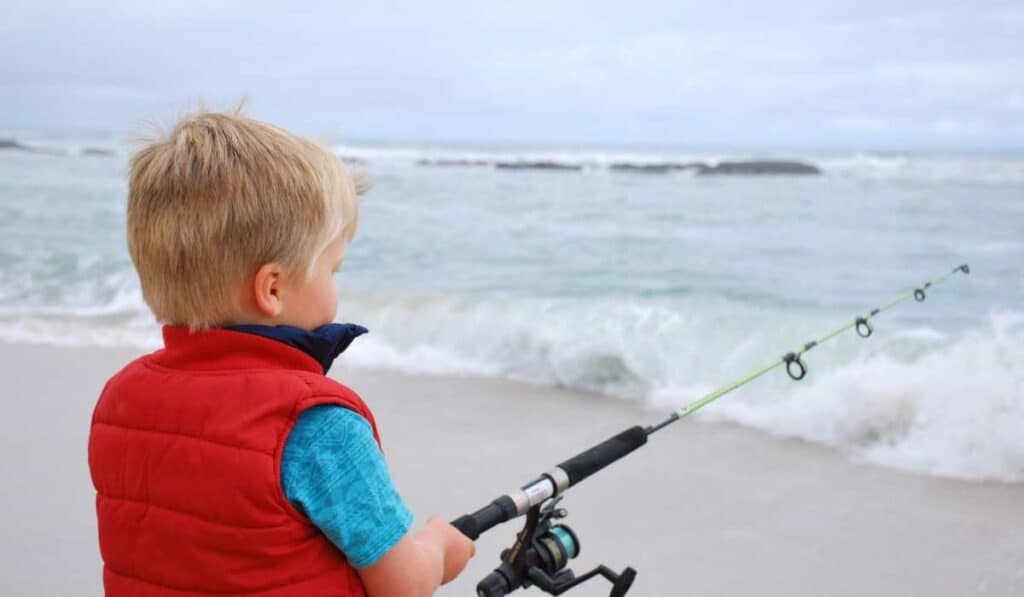
Heading out for a surf fishing expedition can be an exhilarating and fulfilling experience, particularly when you maximize your outing. Here are some tips to ensure an enjoyable, productive, and memorable experience:
Create a Checklist
Before heading out for your surf fishing expedition, it’s essential to create a checklist of all the necessary gear and items you’ll need. This will help prevent forgetting any crucial equipment or supplies.
Befriend Local Anglers
Making friends with local anglers is not only fun but also beneficial in gaining valuable insights about the area’s best spots and techniques. They might even share their secret bait recipes.
Capture Memories
Bring along a camera or smartphone to capture those unforgettable moments during your trip – from stunning sunrises to impressive catches. Sharing these memories with friends and family will undoubtedly enhance your overall experience.
Pack Snacks & Hydrate Properly
- Packing snacks like energy bars, fruits, nuts, or sandwiches ensures that you have enough fuel throughout the day.
- Avoid dehydration by drinking plenty of water; consider bringing electrolyte drinks as well for added hydration benefits.
- If possible, pack food in reusable containers to minimize waste while enjoying nature responsibly.
Educate Yourself on Local Regulations & Conservation Efforts
To protect marine life populations and ecosystems for future generations, familiarize yourself with local regulations and conservation efforts. This includes adhering to catch limits, and size restrictions, and respecting protected areas.
When it comes to surf fishing, the tide plays a crucial role in determining your success. Understanding the different types of tides and their effects on fish behavior can help you plan your trip accordingly.
Low Tide
During low tide, the water recedes, exposing more of the beach and creating deeper channels. This can be an excellent time for surf fishing as fish move closer to shore in search of food. However, be cautious of fishing too close to shore, as you may get stuck in the sand.
High Tide
High tide brings more water closer to the shore, providing fish with more access to food and deeper water. This can make it more challenging to catch fish, but it’s still possible. Try casting your line further out into the water to reach the fish.
Outgoing Tide
As the tide goes out, fish move with the water, making it an excellent time to catch them. Look for areas where the water is flowing out, such as channels or cuts in the sandbars. These areas can be hotspots for catching fish.
Incoming Tide
During incoming tides, fish move closer to shore, making it easier to catch them. Look for areas where the water is flowing in, such as inlets or estuaries. These areas can be productive for catching fish.
Slack Tides
Slack tides occur when the water is not moving, making it more challenging to catch fish. During these times, fish may be less active and less likely to bite. It’s best to wait for the tide to start moving again before casting your line.
Other Factors to Consider
Other factors that can affect your surf fishing success include water movement, fish species, and water temperature. Understanding these factors and how they relate to the tide can help you plan your trip and increase your chances of catching fish.
Using Tide Charts
Consulting a tide chart can help you plan your surf fishing trip by providing information on tide times and heights. This can help you determine the best time to fish and where to fish based on the tide.
By understanding the different types of tides and their effects on fish behavior, you can plan your surf fishing trip accordingly and increase your chances of catching fish. Happy fishing.
Click here to read about Ultimate Guide to Alaska Fly-In Fishing Trips
FAQs Best Tide for Surf Fishing
What tide is the best for surf fishing?
The best tide for surf fishing is usually during an incoming or rising tide, as it brings in baitfish and other marine life closer to shore. This attracts larger predatory fish, making it an ideal time for anglers to catch them. Fishing two hours before high tide and two hours after provides optimal conditions.
How does the tide affect surf fishing?
Tides play a significant role in surf fishing because they influence the movement of fish and their feeding patterns. Fish tend to be more active during tidal changes, especially when water levels rise or fall rapidly. The changing tides also affect water temperature, salinity, and current speed which can impact fish behavior.
Is high tide or low tide better for surfing?
In general, surfing conditions are typically better around high tides due to increased wave size and consistency. However, this may vary depending on local beach topography and swell direction. It’s essential to research specific breaks at your chosen location to determine the most suitable tides for surfing there.
Should I surf fish low tide?
You can still have success while surf fishing at low tides; however, you may need to adjust your approach by casting further out or targeting different species. Fish may be less active during low tide, but they can still be found in deeper channels and holes near the shoreline.
Conclusion
In conclusion, understanding tidal cycles and choosing the right time to fish are essential for having a successful surf fishing trip. It is important to prepare your gear, find the best locations, and stay safe while fishing. By following these tips, you can increase your chances of catching fish during the best tide for surf fishing.

